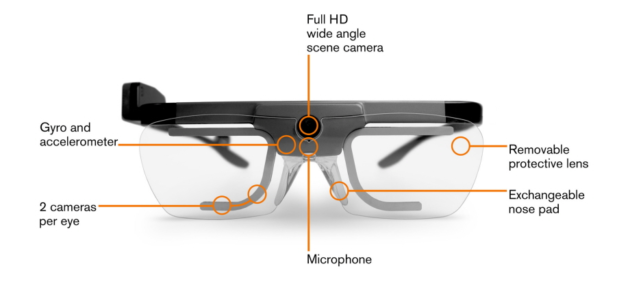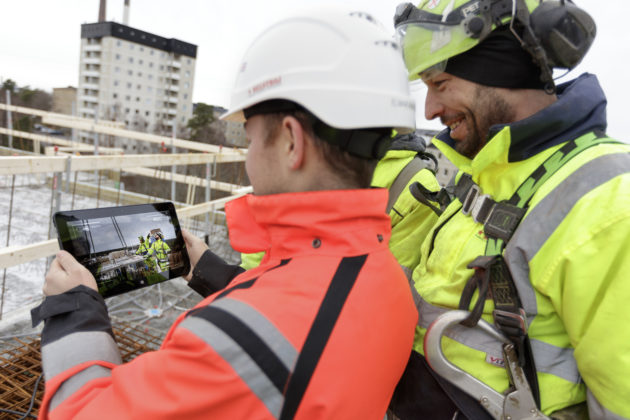From in-store shopper research to evaluating the gaze of an expert pianist, thousands are using wearable eye trackers to accurately measure what people see as they move freely in a range of real-world settings.
However, the design of the eye trackers has excluded certain sports and sectors from using the technology to its full potential due to the restrictions caused by protective headwear.
![]()
That is, until now. Two new versions of Tobii Pro Glasses 2 have been developed to fit easily under helmets and safety accessories, allowing athletes, industrial workers and other professionals to participate in eye tracking research. By moving the processor box below the temple the Helmet edition facilitates the use of most safety equipment while the Integration edition can be purpose fitted to most headwear thanks to it’s reduced frame and movable processor box.
Expanding the benefits of eye tracking for sports research
As sports become increasingly more competitive, athletes need to stay ahead of the game. To do so, many coaches are opting to make cutting edge technologies like eye tracking an integral part of their evaluation and training programs.

The beauty of eye tracking is that it reveals methods and techniques which occur instinctively or too quickly to be observed. Basketball, golf, and tennis are just a few of the sports utilizing wearable eye trackers to compare the visual strategies of experts and novices in a bid to identify the best techniques and fine-tune strategies.
William Rahm, a goalie coach with the Swedish Hockey League, is using eye tracking glasses to train his goalies. According to him, one of the greatest challenges as a coach is being able to understand what a player sees on the ice. Being able to watch in real-time how a goalie tracks the puck with their eyes and scans the ice during a game will help him expedite training and translate subconscious actions into, teachable strategies.
The new editions of these wearable eye trackers open up increased possibilities for this growing area of eye tracking research in sports.
Design improvements are delivering increased research opportunities across a range of sports like cricket, American football, and baseball as headgear limitations are greatly reduced or removed.
Improving safety in the workplace with eye tracking
Changes to the physical specifications of wearable eye trackers is also increasing the applications of their use to improve workplace safety. By seeing operations through the eyes of workers, management can gain greater insight into inefficient processes, distractions and unsafe conditions.

This is an important area for all. The University of Nebraska used wearable eye trackers to investigate the nature of human error on construction sites and their underlying causes. Their findings, about the importance of situational awareness, yielded a reliable model for predicting human error and preventing subsequent injuries on construction sites. This model can be used by safety managers to identify at-risk workers and prevent potentially fatal situations, which is of particular relevance to those in the sectors like mining and manufacturing.
There’s an increased scope for eye tracking research which is accompanied by other measures of human behavior. Through its recent integration with Qualisys, a provider of motion capture technology, it’s possible to access combined real-time output of both eye tracking and motion data. This provides essential information needed to further improve sports performance, diagnose visual-motor disorders, and much more.




